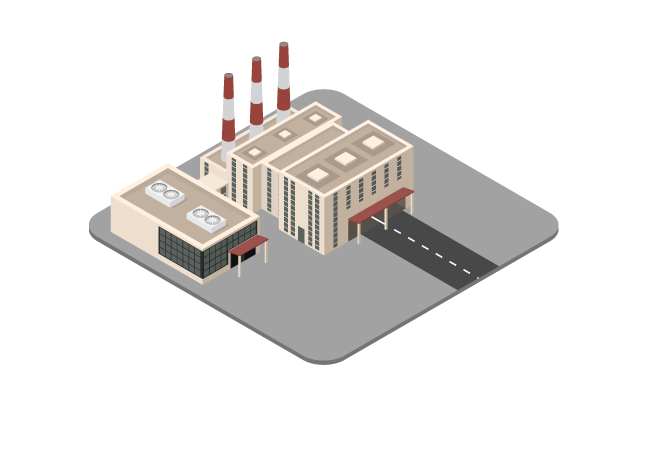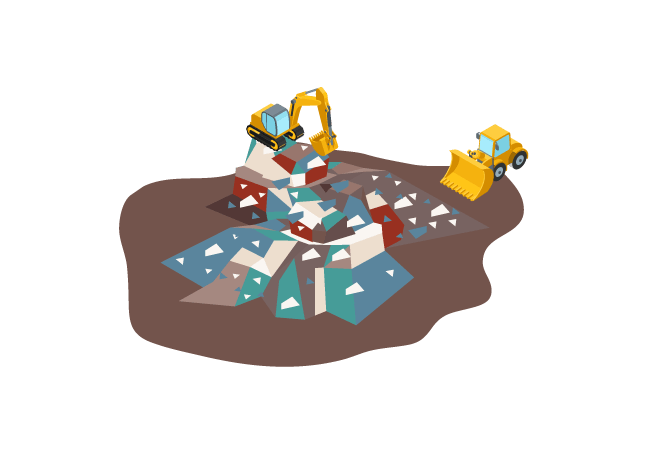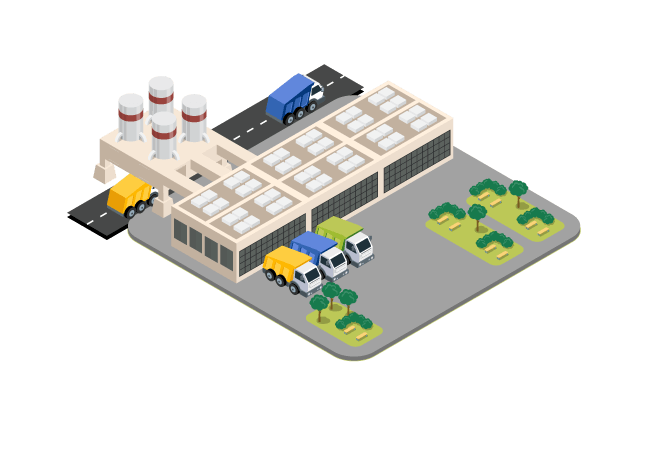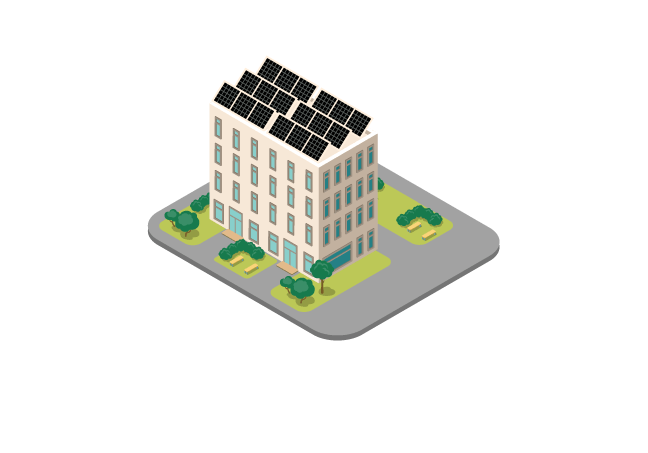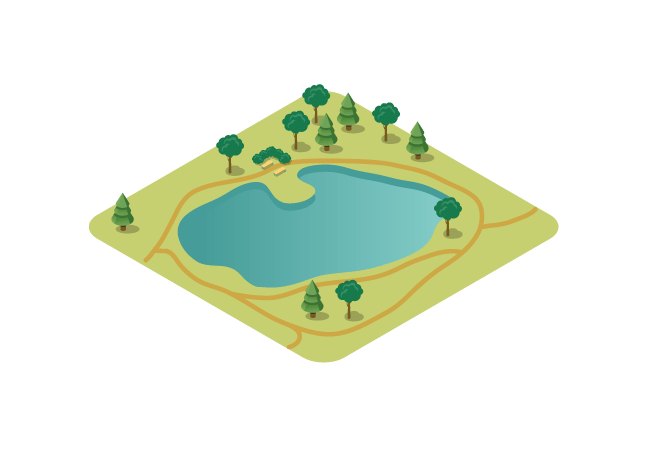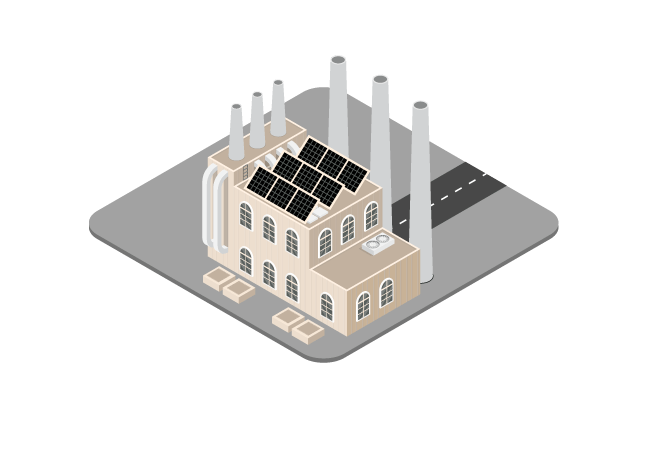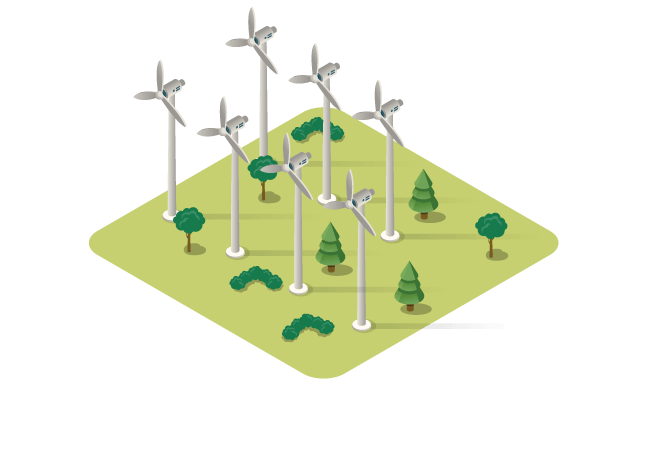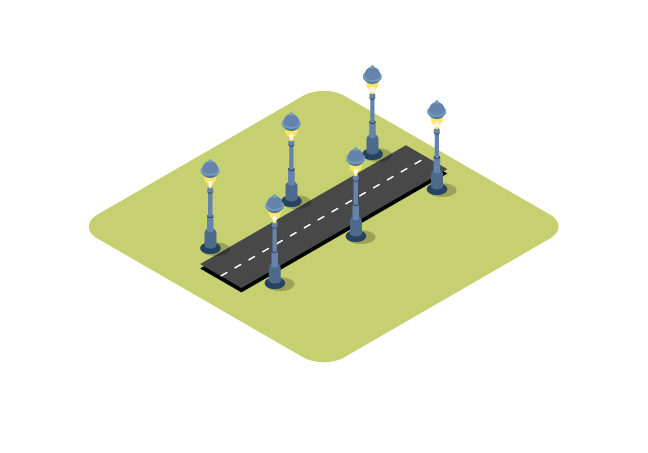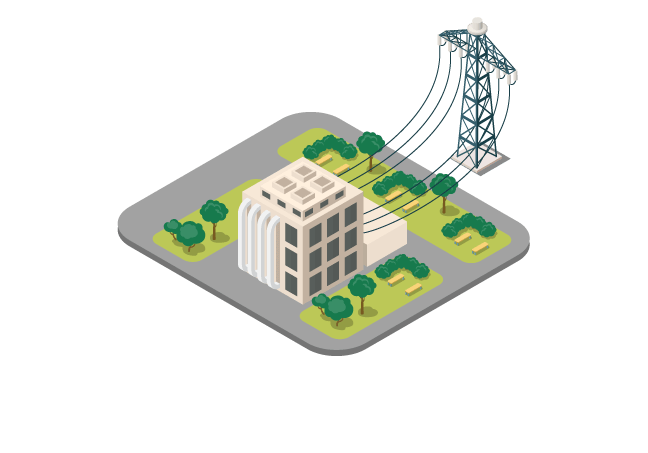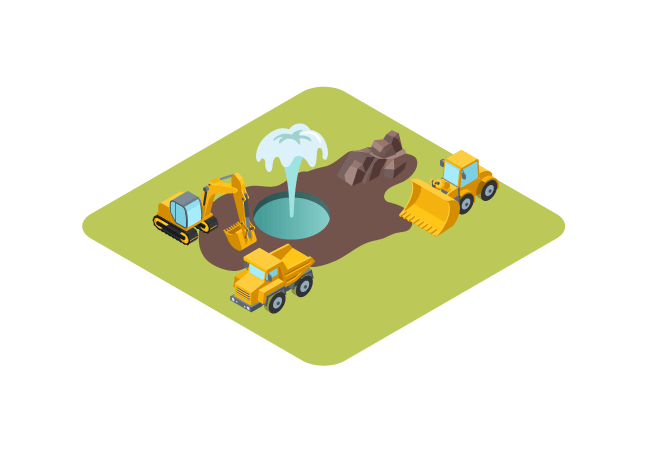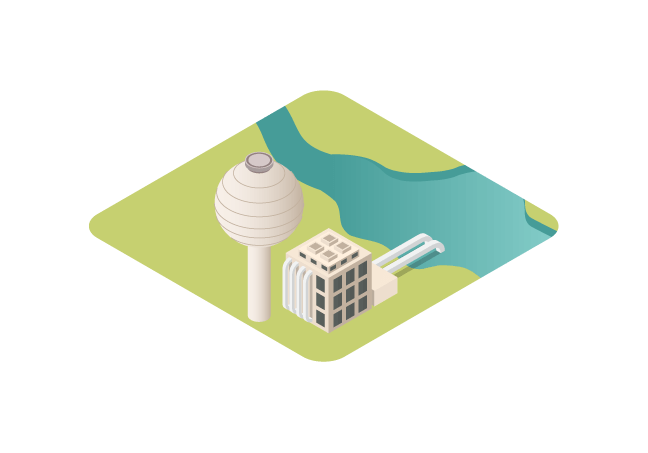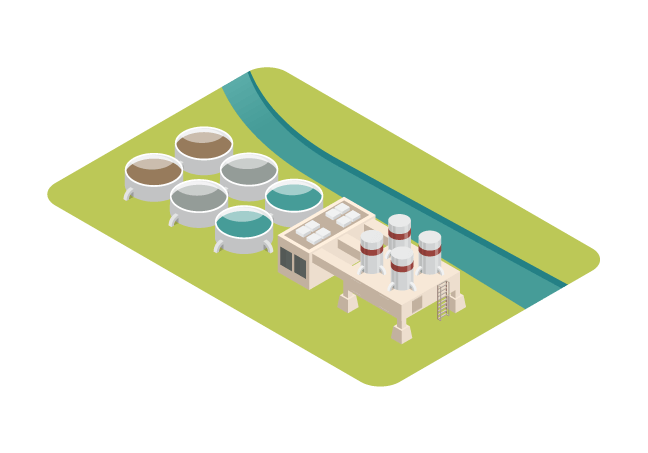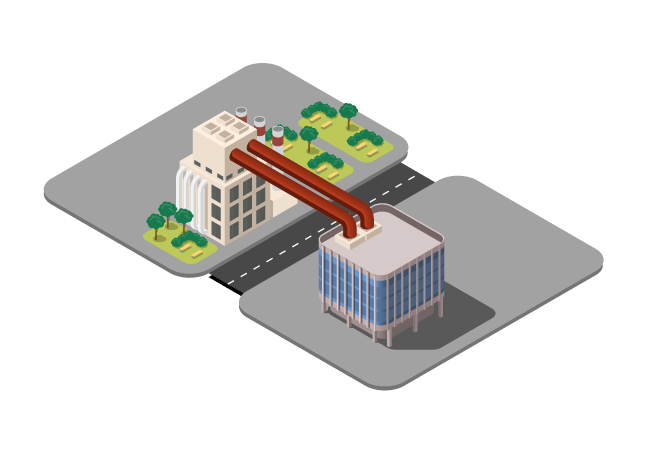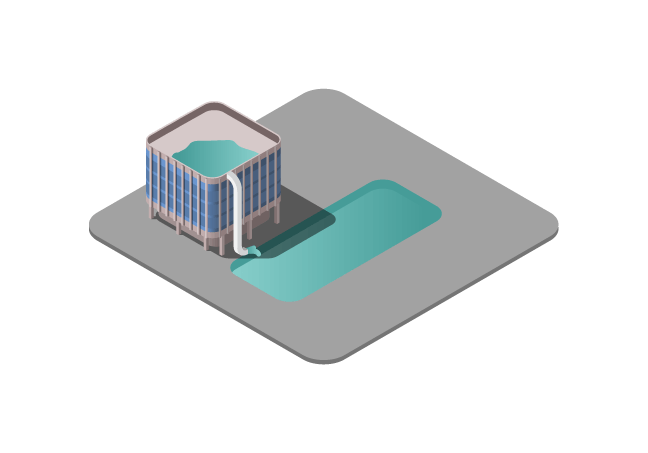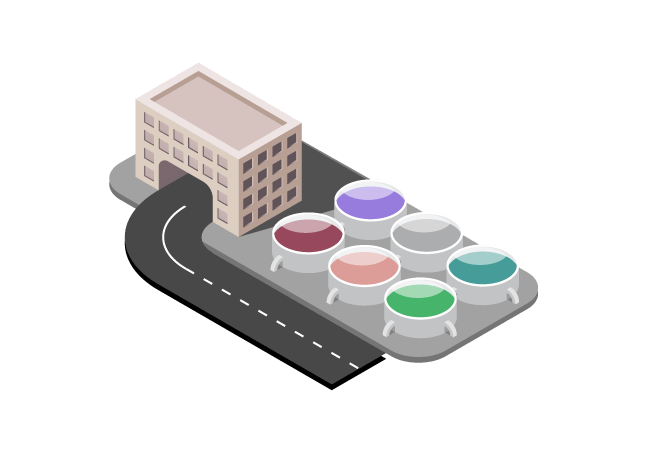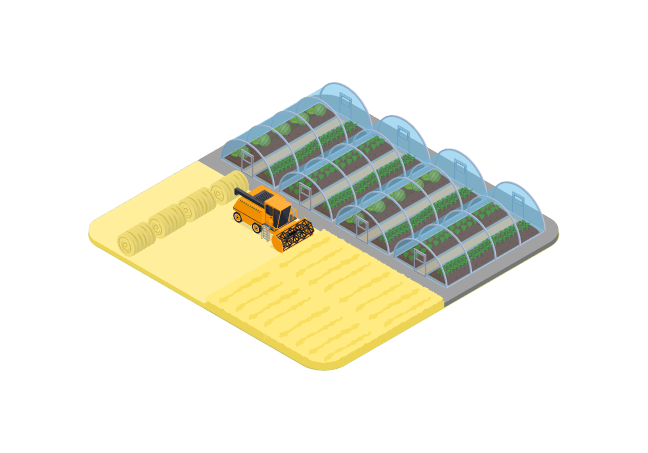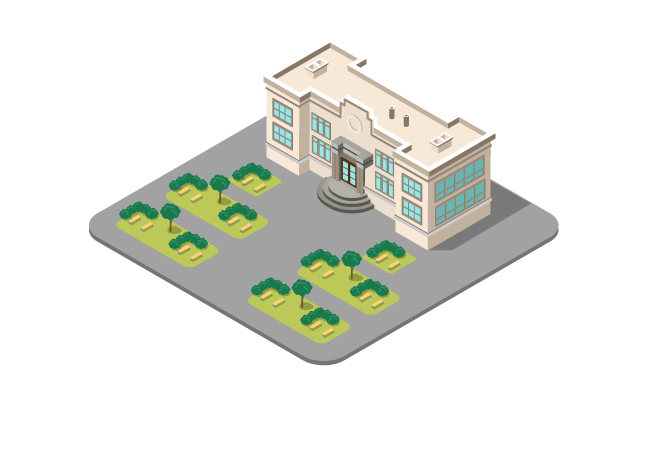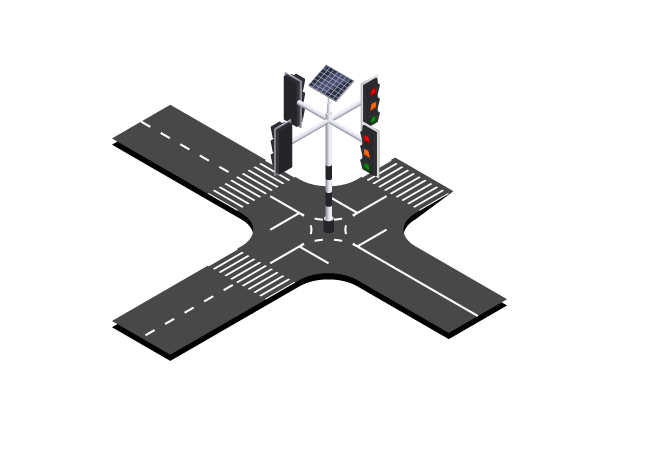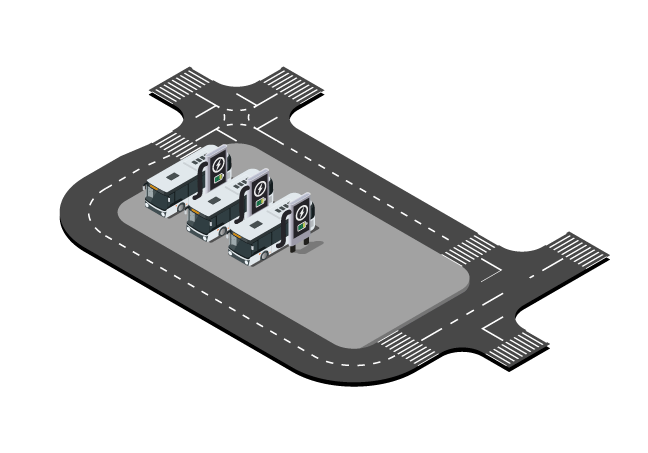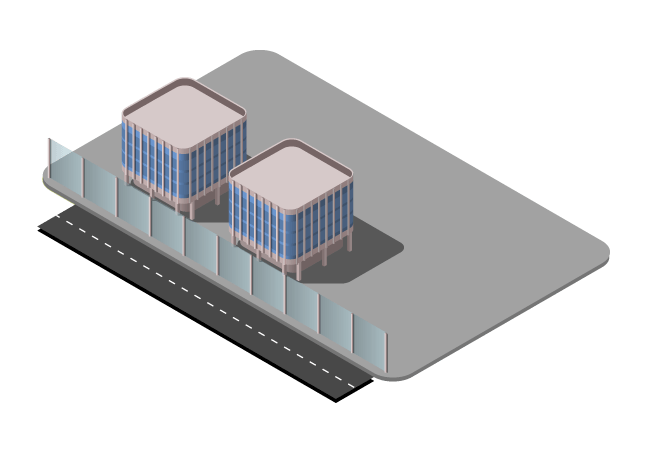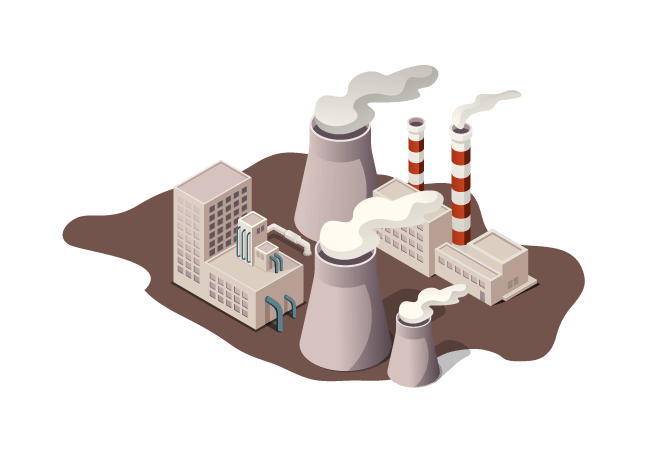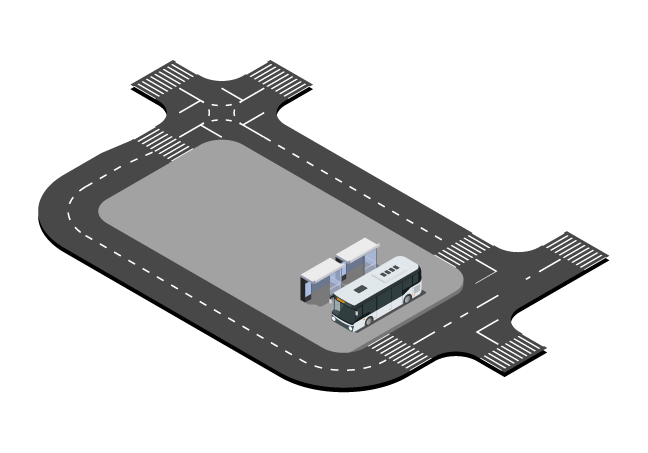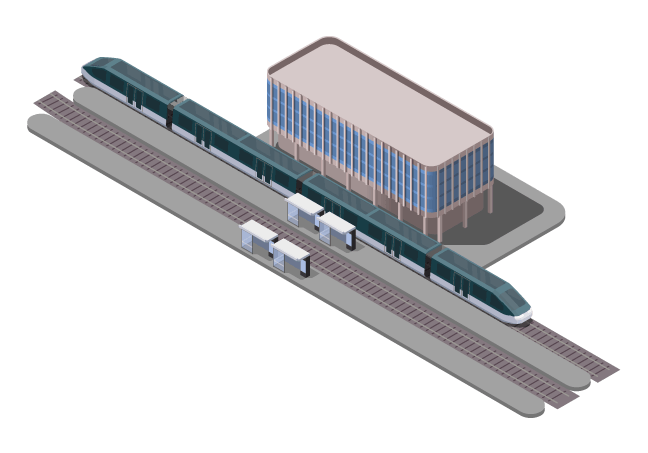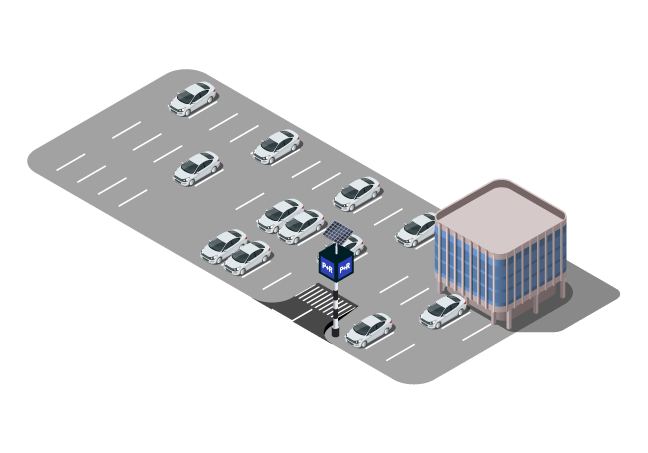Waste is a raw material. In order for waste to be an economically and industrially recoverable raw material, it must be kept separate from each component. Material recoverable components include paper, plastics, glass, metals, bio-waste and textiles, or beverage cartons.
We can also design new policies and programmes to use organic waste as a resource. This can be composted or processed in an anaerobic facility to create valuable products (e.g. compost, biogas) that can be reused or sold by cities or their residents. For example, home composters are a simple solution for local residents.
PHASE I – Technical assistance – Studies, analyses, audits, feasibility studies, action plans
PHASE II – Project documentation
PHASE III – Implementation / Delivery
Waste prevention is the practice of reducing or minimizing the amount and/or toxicity of waste generated at home, work, school and in everyday life before recycling, treatment or disposal.
PHASE I – Technical assistance – Studies, analyses, audits, feasibility studies, action plans
PHASE II – Project documentation
PHASE III – Implementation / delivery




























